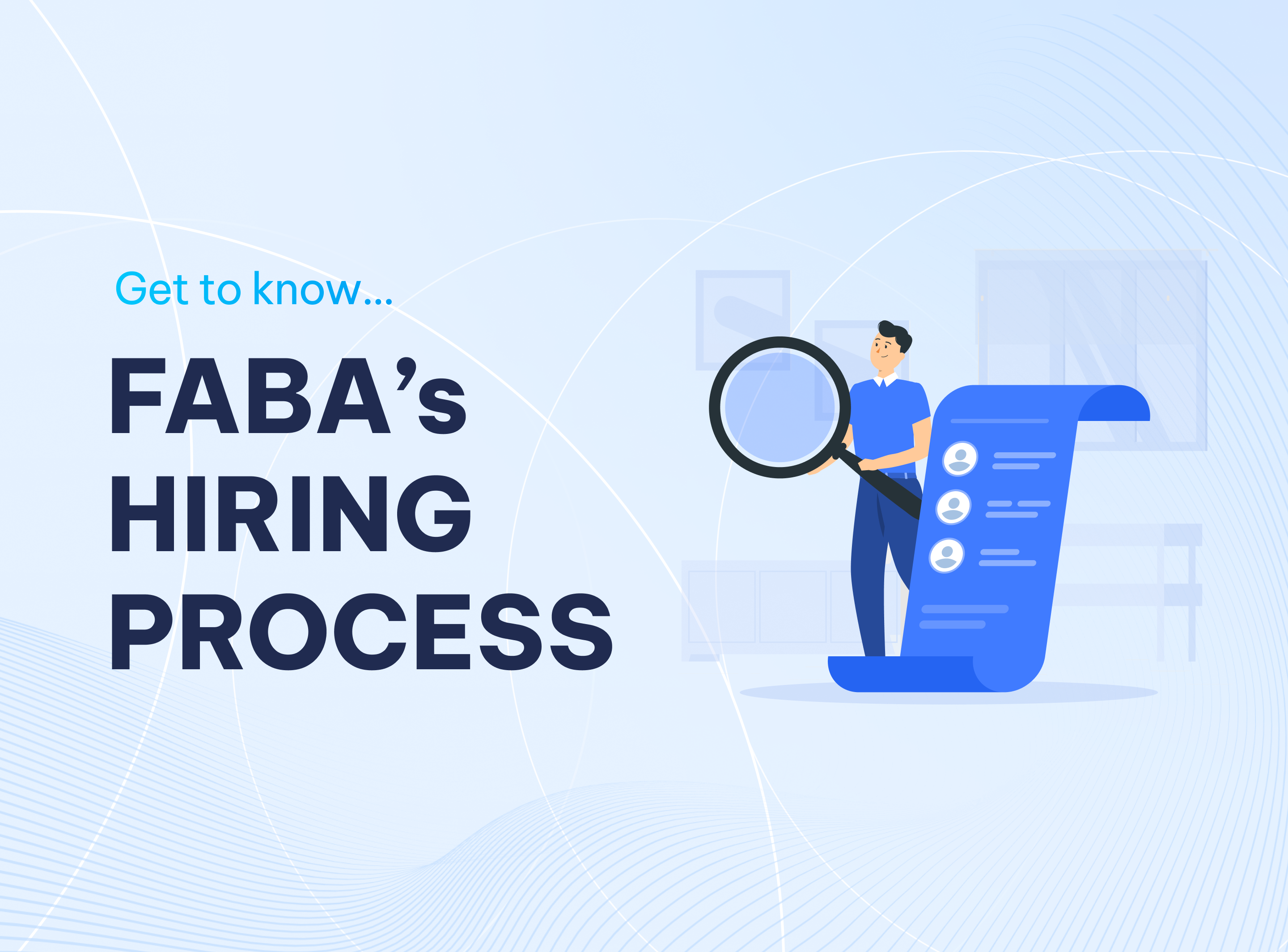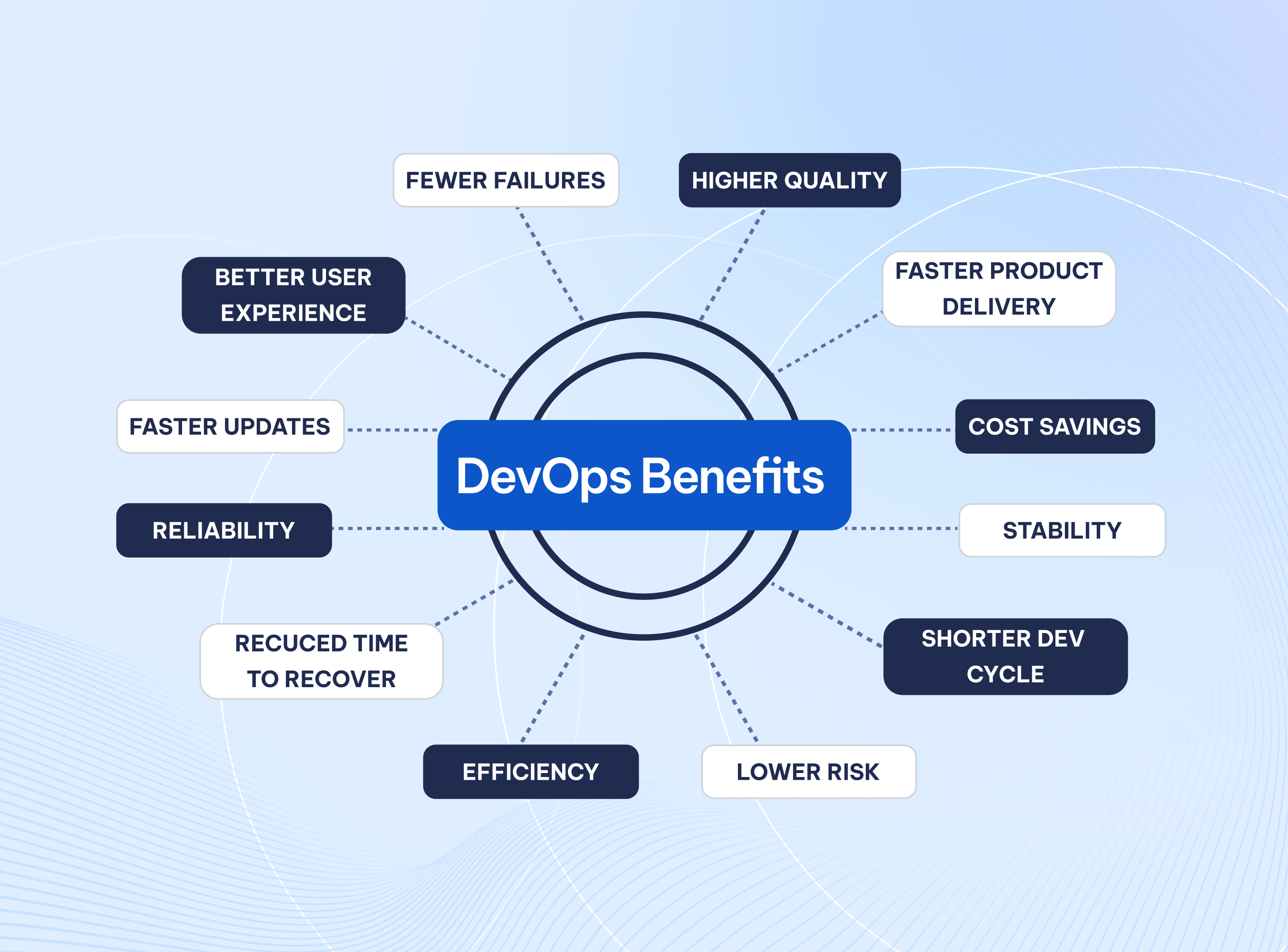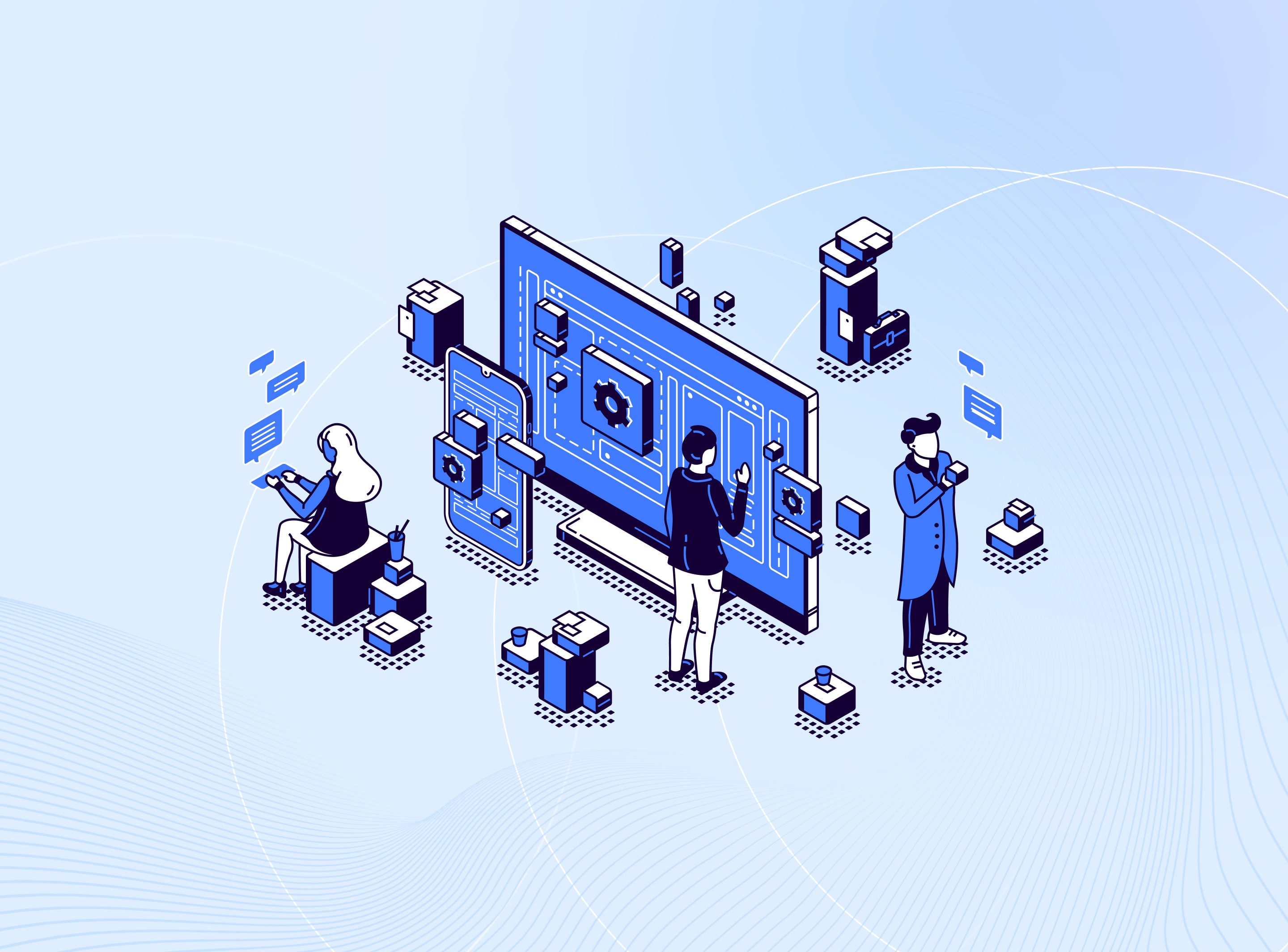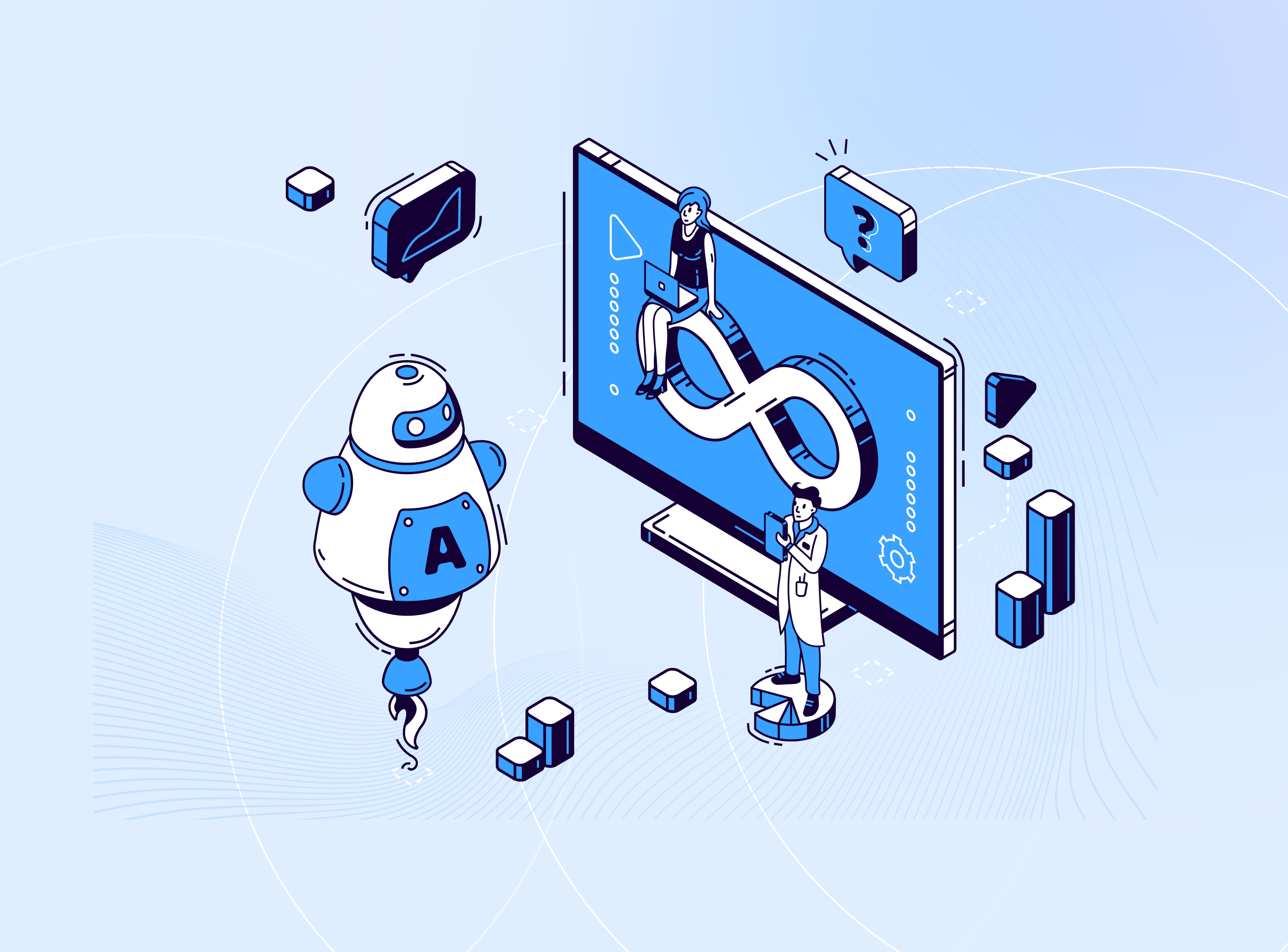Decoding MVP Development: When to Go Lean
Published on Apr 4, 2024
Building an MVP can be a great way to get your product off the ground without spending too much time or money on development. However, it is essential to remember that not every product is suited for an MVP. Here are some questions to help you decide whether an MVP is right for your business.
5 deciding factors when building an MVP
Are you familiar with your market?
When introducing a fresh product concept or entering a new market, think about an MVP. This strategy makes it possible to explore uncharted ground when there are a lot of unknowns regarding user acceptance and market dynamics.
An MVP helps you gather user input and validate assumptions during the exploration period - when the preferences and demands of the target audience are not fully understood. This will help you gain a clearer knowledge of how your product matches user expectations.
Do you have restricted resources?
Opt for an MVP when resources are limited and labour is scarce. By focusing on the most important parts of product development, this lean methodology ensures that a new idea can be explored at a reasonable cost.
Additionally, an MVP enables a quick entry into the market with a working product, giving your company a competitive edge and enabling quick responses to changing market conditions where time-to-market is a crucial consideration.
The MVP method is the best option if determining whether your product can be tested viably with little financial outlay is a top concern. With this approach, you can evaluate the viability and interest of the market without having to invest a lot of money upfront.
Is your solution well-understood?
If your product uses novel or unproven technologies, choose an MVP. This strategy enables your team to handle the inherent difficulties and uncertainties connected with cutting-edge technologies by allowing for progressive adoption.
Developing an MVP is the best plan when the solution requires a staged implementation to effectively manage complexity. With this approach, you may rank the importance of key features, guaranteeing a targeted and iterative development process.
When the objective is to concentrate on key features and functionalities, creating an MVP is advised. You may deliver a solution that meets essential user needs while controlling complexity by optimising the development process.

Are you looking for a quick market establishment?
When you want to get noticed fast in a crowded market, go with an MVP. Faster time-to-market is made possible by this agile process, which enables your company to establish a presence and react quickly to shifting market conditions.
When staying ahead of the competition requires agility and rapid iteration, an MVP is very beneficial. With this strategy, you can quickly make changes in response to market input and maintain your product's innovative edge.
Is there a well-established user base for your product?
Opt for an MVP when the goal is to engage early adopters and gather insights for product improvement. This approach fosters a collaborative relationship with users, allowing your team to make iterative enhancements based on valuable feedback.
Developing an MVP is a wise decision when it is anticipated that user preferences may change as the product is developed. With this iterative process, your company may gradually adjust to the evolving demands and tastes of its users.

6 common pitfalls that doom your MVP from the start
Skipping the learning phase
Without sufficient quantitative and qualitative research, your product is doomed from the start. Skipping the learning phase may lead to focusing on the wrong personas or solving fictitious problems. Ultimately, it results in no product-market fit.
Not testing the critical hypotheses
By assuming that you know what things are, you risk failing to test assumptions critical to the entire project. You end up spending weeks verifying hypotheses that are based on falsehood!
Not prototyping, not gathering user input, and not iterating in response to fresh knowledge
Testing prototypes with potential users is a fantastic approach to observing the product in action before making an investment. Prototype testing with people is critical, especially when designing new products as building an MVP is cost-effective, but it is not always cheap. You will save money by testing even low-fidelity prototypes initially.
Not iterating
The product design process is iterative by nature. If you do not see the need to iterate, you should stop. There is a chance that you were not objective when running the test, or your research was biased. It looks like your project is a waterfall one in disguise.
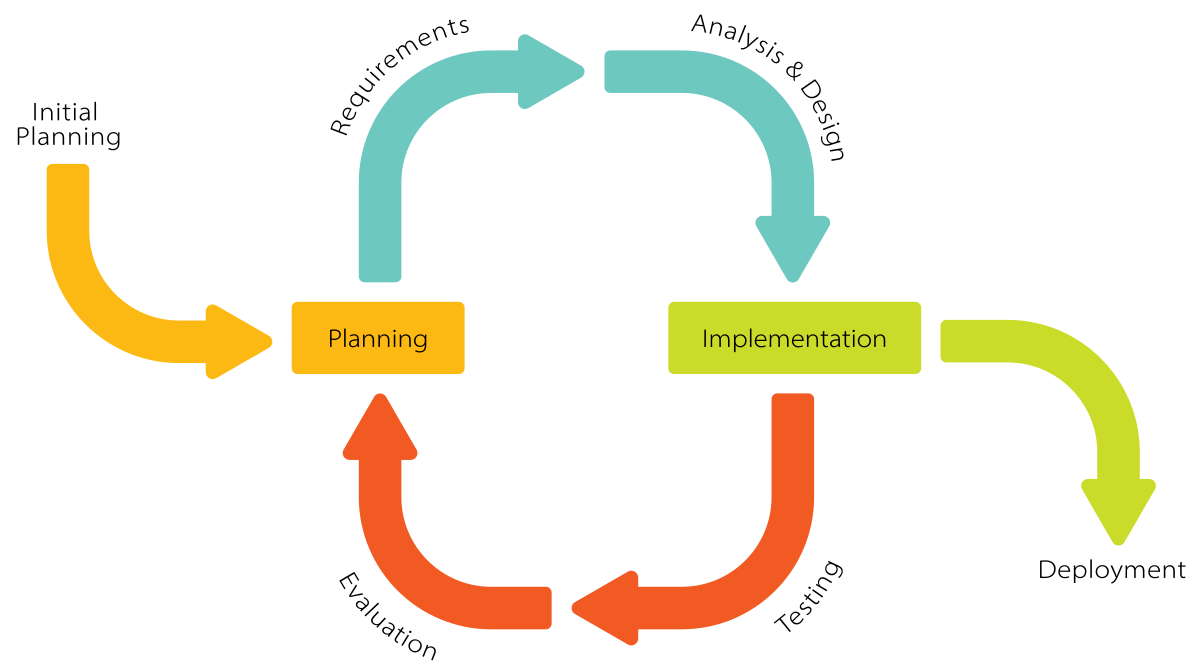
Failing to have a won’t-have features list
Your feature list should be divided into multiple categories: must-haves, should-haves, could-haves, and won't-haves, with must-haves directly related to your value proposition and won't-haves on the other end of the spectrum.
The inability to select features that you know you will not include in your project is a red flag. It could imply that you do not have a decent idea or are unsure of the key value proposition. Consider returning to the personalities research.
Not allocating the budget to the launch phase
Inexperienced entrepreneurs may become so preoccupied with the task of developing the business idea and building the MVP that they ignore critical parts of launching a new product. They fail to account for the costs of bringing the product to market and maintaining it.
You must also account for things not going as planned and the possibility of having to wait for a sufficient ROI. Remember that you will require initial start-up money before you get a return.
Closing off
Developing a minimal viable product might help you get your product to market fast and efficiently. However, you must guarantee that you are doing it for the appropriate reasons. Otherwise, you risk wasting time and resources on something that will ultimately fail.
Drop us a line if you need consultation on creating your future MVP. Let’s materialize your product ambitions.


